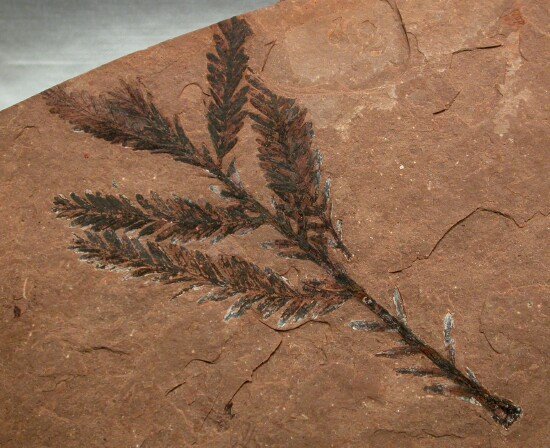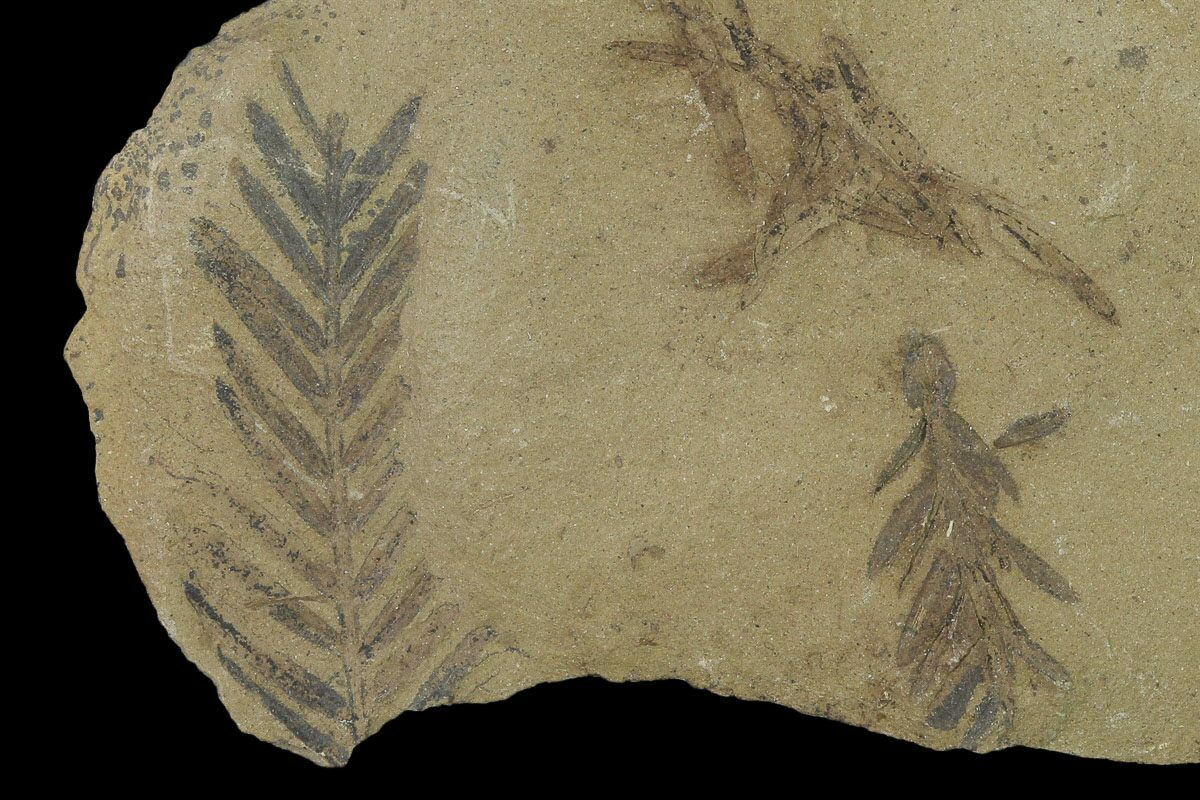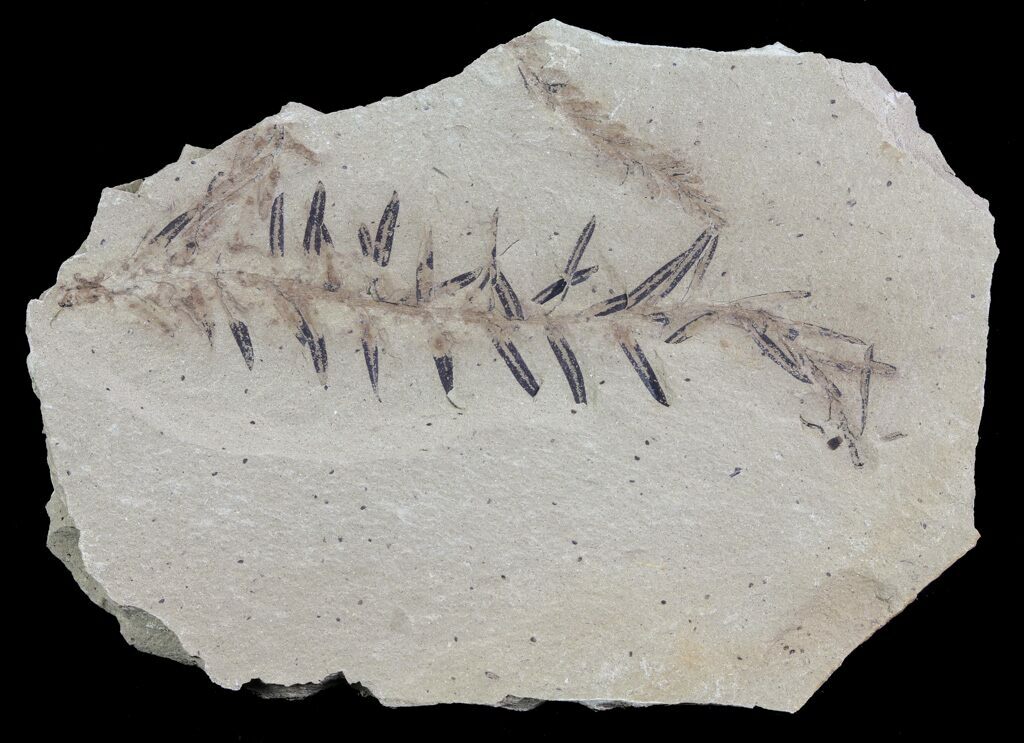

Además de los anteriores, hay otros ejemplares o formaciones que, por sus características dendrométricas, biológicas, estéticas o históricas, consideramos merecen ser incluidas en el citado Catálogo. están incluidos en el Catálogo Galego de Árbores Senlleiras. Entre los árboles existentes, los ejemplares Cedrus libani, Corylus avellana, Cryptomeria japonica, Metasequoia glyptostroboides, Styphnolobium japonicum (=Sophora japonica) ´Pendulum´, Sequoia sempervirens y la colección de Castanea sp. Desde entonces, sobre el modelo establecido en su momento, se han añadido algunas zonas nuevas y se ha plantado un gran número de ejemplares, de los que actualmente quedan representación de más de 850 taxones, en su mayoría árboles y arbustos. 1941Įl Jardín Botánico de Lourizán (Pontevedra, España) empezó a adquirir su fisionomía actual en la década de 1880, aprovechando la morfología irregular del terreno. Nevertheless, I have tried to study all available, extant docu- ments so as to record the major events of the past 60 years (1943-2003) related to this relict species. Further, nearly everyone involved in the discovery of this species has passed away. However, since the tree's discovery in the 1940s, there have been great changes in China, resulting in fragmentary, incomplete, and widely scattered original documents and publications. I also met with people who knew the original collectors and researchers, and visited the hometown of Metasequoia in Lichuan, Hubei. This chronology is based on a study of more than 1,000 documents, many of which were examined during personal visits to research institutions in Chongqing, Nanjing, and Beijing, China, in August 2002.

In the past four years, while working on the natural history of Metasequoia, I recon- structed this history using primary materials.

Most are not accurate, and some are even wrong. The story of the discovery of the "living fos- sil"Metasequoia glyptostroboides Hu & Cheng (dawn redwood, Chinese redwood, or water fir in English, shui shan in Chinese) has been told and retold, but not all accounts are identical.
GENUS METASEQUOIA FOSSIL PLUS
On the basis of primary documents including letters, manuscripts, and original publica- tions, plus personal experience, the major events, important publications, and main scientists related to this story are recorded chronologically for the first time 60 years after the species' discovery (1943-2003). Furthermore, the details of the current state of this species in China is not well known outside of China because of the language barrier. However, for various reasons, the details about its discovery and introduction worldwide from seeds have varied considerably in accuracy.

The discovery of extant material of the "living fossil"Metasequoia glyptostroboidesfrom China in the 1940s was one of the greatest botanical discoveries of the 20th century.


 0 kommentar(er)
0 kommentar(er)
